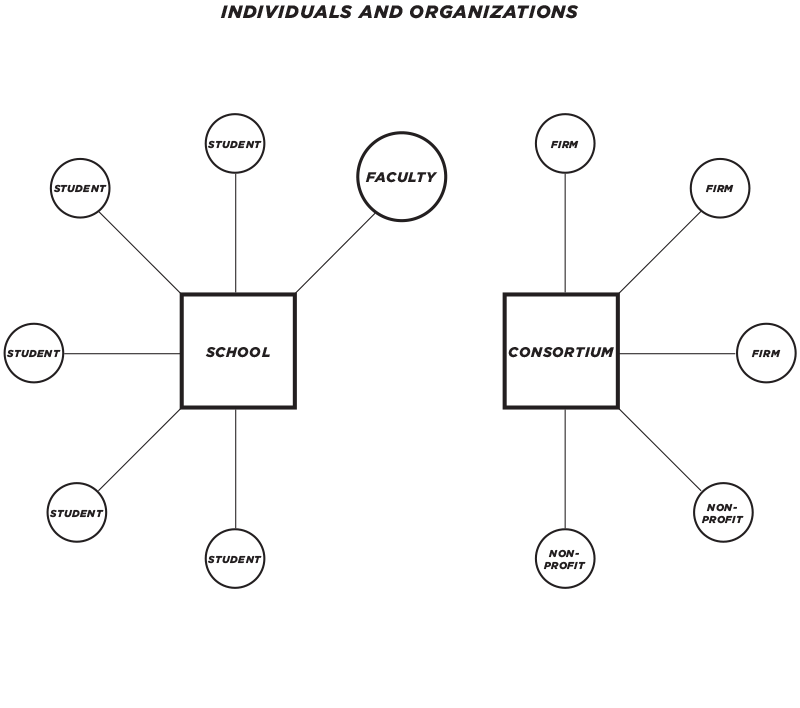
New course fast-tracks architectural education in USA
News: the University of Minnesota has launched a new programme that could halve the time it takes for students to gain a licence to practise architecture in the United States.
With a stronger emphasis on professional practice, the Masters of Science in Architecture - Research Practices (MS-RP) course will fast-track students towards taking the licencing exam as part of the curriculum, around seven or eight years after graduating from high school. This is around half time taken by the average student, who completes the exam 14.5 years after graduating from high school according to a report released in June 2012.
The inaugural report from the National Council of Architectural Registration Boards, NCARB by the Numbers 2012, found that on average students spend eight and a half years studying and an additional six years completing an internship before qualifying as an architect. This is significantly greater than countries like the UK or Germany, where the whole process typically takes around seven to eight years.
Discussing why it takes many students so long, course director Renée Cheng told Dezeen that it can be difficult to gain relevant experience from internships in practice after studying: "Those that we know of who get delayed are sometimes due to the economy and because the types of experience they getting are not aligning with the IDP (Intern Development Programme) areas needed."
The School of Architecture at the University of Minnesota's College of Design has taken advantage of a recent change by NCARB that allows students to begin accruing IDP hours as soon as they beginning studying architecture, whether they begin by taking a Bachelor of Science in Architecture straight out of high school or if they start at post-graduate level. On the MS-RP course students will take part in research projects for architecture firms and non-profit organisations in addition to their taught classes, and will be paid for their work.

Above: concept diagram from the University of Minnesota's College of Design
"During the program, we have calculated workload hours and study time is counted in," said Cheng. "We talked with some of our current students who have outside work and in some cases this program is less than what they are doing now. It is intense, probably on the order of 55-60 hours per week all included, but since several of the areas are strongly intertwined the overlap of topics should make it feel more coherent."
Within this framework, students completing the MS-RP course are expected to have earned the full 930 5600 hours and 17 core experience areas of IDP credit required to allow them to take the final licencing exam.
The course directors explain: "We believe that by offering this model, we nudge the profession towards true culture change, one that expects all our students can be licenced upon graduation, regardless of their final career choices. This change extends to architectural firms and the building industry, transforming the culture to one of sharing knowledge in the effort to collaboratively tackle the serious 'wicked problems' affecting the built environment."
The university will begin accepting applications to the course this spring and expects to take on between four and eight students in the autumn semester. "Later numbers may grow to between eight and twelve but it may never be large enough on its own to make the change we aspire to, so the partnership with other schools and firms is essential to future growth," added Cheng.
The news follows recent debate over plans for the UK education system to remove design and other creative subjects from the core school curriculum.
See more stories about design and education »
Photograph of architectural equipment from Shutterstock.